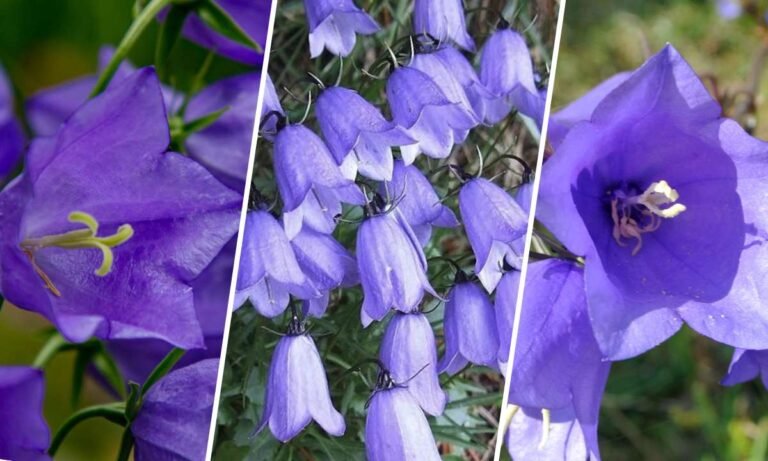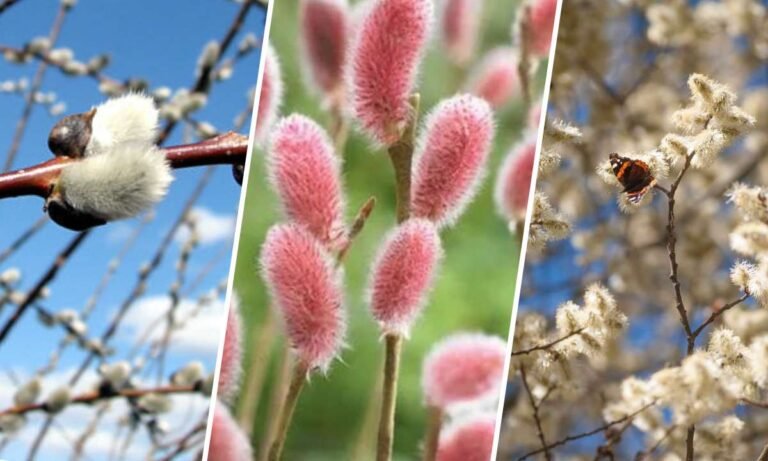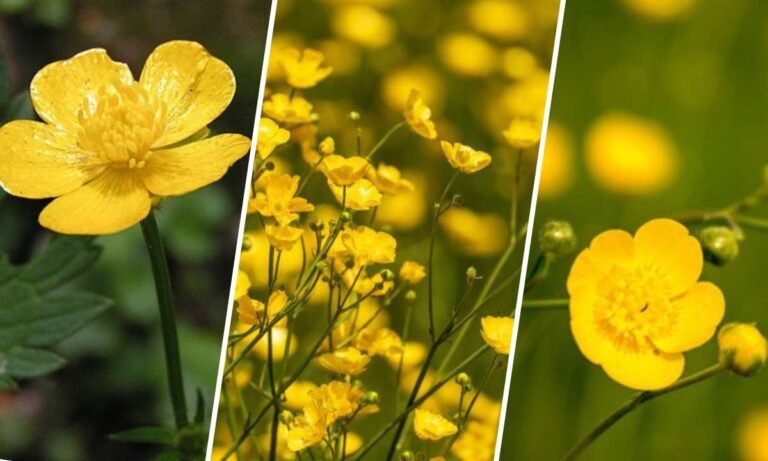The trillium flower, known for its beauty and symbolic depth, holds a special place among botanical wonders. With its three distinct petals and lush foliage, this delicate bloom carries profound meanings across cultures and landscapes. Let’s delve into its allure and explore its origins, symbolism, and historical significance.
Origins and Meaning of the Trillium Flower
The name “trillium” comes from the Latin word “trilix,” meaning “triple,” highlighting its characteristic three leaves and three petals. This perennial plant belongs to the Trilliaceae family and thrives in temperate regions of North America and Asia, blooming brightly in spring and enriching woodland habitats with vibrant colors.
Symbolic Meanings
Balance and Harmony: The trillium symbolizes balance and harmony in nature, reflecting the interconnectedness of mind, body, and spirit. It reminds us of the importance of equilibrium and unity in life.
Purity and Innocence: Across many cultures, the trillium signifies purity and innocence with its pristine white petals. It evokes feelings of serenity and clarity, often chosen for floral arrangements that celebrate new beginnings.
Spiritual Growth: As a symbol of spiritual growth, the trillium’s gradual blooming process mirrors personal transformation and inner development, unfolding from bud to full flower.
Historical Significance
Native American Traditions: Among Native American tribes like the Iroquois and Ojibwa, trillium flowers hold cultural significance. They were used in herbal medicine and rituals, believed to possess healing properties and spiritual powers.
European Exploration: During Europe’s exploration era, botanists marveled at trillium flowers for their beauty and resilience. They became prized specimens in botanical gardens and were studied for their ecological adaptations and medicinal potential.
Varieties and Their Meanings
- White Trillium: Symbolizes purity, elegance, and rebirth, carpeting forest floors in North America with luminous blooms.
- Red Trillium: Represents passion, vitality, and courage, standing out boldly against green foliage in woodland settings.
- Painted Trillium: Characterized by delicate pink or purple petals with subtle streaks, symbolizing beauty, grace, and artistic expression.
Trillium Flower in Art and Culture
Throughout history, trillium flowers have inspired artists and poets, celebrated for their ethereal beauty and symbolic depth. They appear in paintings, poems, and folk tales as emblems of natural wonder and spiritual reflection.
Cultural Significance
- North American Traditions: In regions abundant with trilliums, they symbolize local pride and environmental stewardship, celebrated in festivals and conservation efforts.
- Asian Perspectives: Admired for their graceful appearance and associations with purity and tranquility, trillium flowers are cultivated in Asian gardens for their understated elegance.
Growing and Caring for Trillium Flowers
Trillium flowers thrive in shaded woodland areas with rich, well-drained soil. Plant them in spring or late summer, ensuring they receive dappled sunlight and consistent moisture. Regular watering, mulching, and occasional division maintain their health and beauty.
Conclusion
The trillium flower, with its rich history, diverse meanings, and enduring beauty, symbolizes purity, balance, and spiritual growth. Whether in gardens or natural landscapes, it offers a profound connection to nature’s intricate tapestry, captivating botany enthusiasts, gardeners, and admirers of wildflowers alike.




